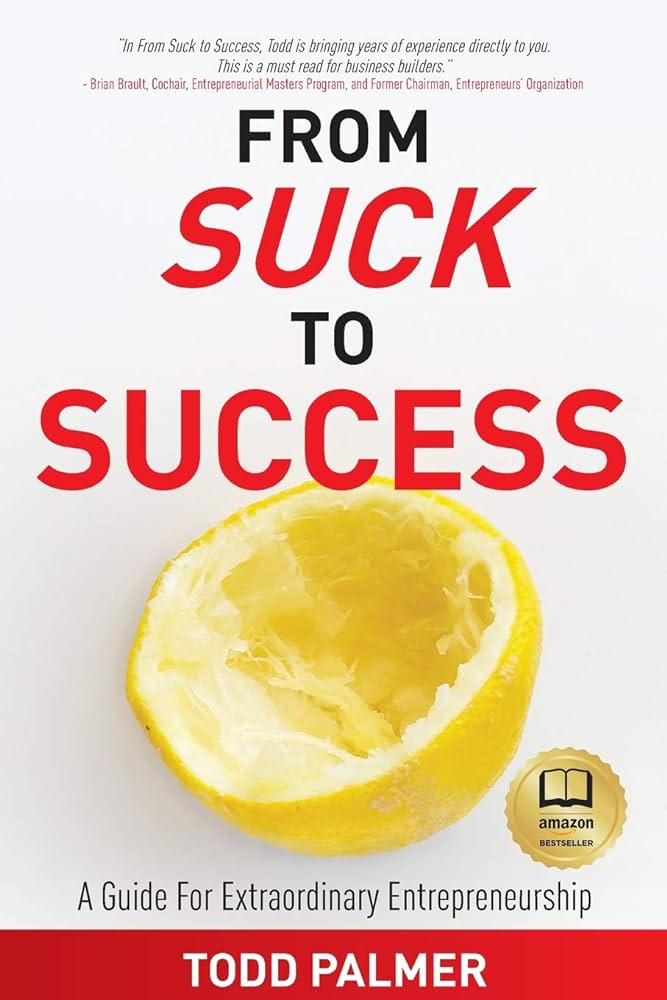For many entrepreneurs, the word feedback triggers instant anxiety. It can feel like stepping into the batter’s box against a fastball pitcher—you brace yourself, hoping you won’t get beaned. But here’s the shift: feedback isn’t an attack. It’s a gift.
When delivered the right way, feedback fuels growth, strengthens teams, and drives business success. But too often, it’s given in a way that creates resistance instead of results.
That’s why I use what I call The Progression Method—a simple, forward-moving approach that transforms feedback from something people fear into something they value.
The Progression Method: A Smarter Way to Give Feedback
Forget the outdated “feedback sandwich” (which, let’s be honest, feels forced and insincere). The Progression Method is designed for real impact:
✅ Start with Strength → Where you are now
- Begin with something they’re doing well. This isn’t fluff—it’s reinforcing what’s already working so they see their value.
✅ Identify the Opportunity → Where you need to go
- Pinpoint the area that needs improvement. Keep it clear, objective, and actionable.
✅ Give the Path Forward → How to get there
- This is the missing piece in most feedback conversations. Instead of just saying, “Do better,” you help them see exactly how to improve.
This approach eliminates defensiveness and ensures that feedback creates progress, not paralysis.
Example: From Criticism to Progression
Let’s say you have a team member who isn’t responding to emails quickly enough. Here’s how not to give feedback:
🔴 Old Way (The "Sh*t Sandwich")
"Hey, you’re doing a great job, but you’re really slow at responding to emails, which is frustrating. But don’t worry, you’re a great employee!"
Sounds fake, right? Now, here’s the Progression Method in action:
✅ Start with Strength
"You’ve been doing an incredible job keeping projects on track. Your attention to detail has really helped us avoid mistakes."
✅ Identify the Opportunity
"One area that could elevate your impact even more is responding to internal messages faster. When there's a delay, it can create uncertainty about where things stand."
✅ Give the Path Forward
"I know you’ve got a lot on your plate, so maybe setting a ‘response window’ twice a day could help. What do you think would work best for you?"
This version keeps it real but also makes it easier to take action.
How to Make Feedback Stick (and Feel Safe Doing It)
Even with the right method, psychological safety is key. People won’t embrace feedback if they feel like it’s a trap.
Here’s how to build an environment where feedback leads to growth:
💡 Build Trust First
- Ask for feedback before you give it. (“What’s one thing I could improve as a leader?”)
- Show vulnerability—talk about a time you struggled with feedback and how it helped.
🔹 Make Feedback Normal
- If feedback only happens when things go wrong, it feels like punishment. Instead, integrate it into everyday conversations.
🔄 Model the Behavior You Want to See
- Show your team how to take feedback well—thank people when they offer constructive input.
Real-World Lesson: A Leadership Breakthrough
One of my clients, a high-performing CEO, once made the mistake of giving public, vague, and incomplete feedback in a team meeting. The result? Frustration, disengagement, and a hit to team morale.
After we worked together, he shifted his approach—waiting until he had the full context and using the Progression Method in a private 1:1. Instead of defensiveness, his team responded with alignment and action.
That’s the power of feedback done right.
Your Challenge This Week
Think back to the last time you received tough feedback. How did you react? More importantly, how should you have reacted?
Now, take it a step further. Identify one person in your business or life who could benefit from some constructive feedback—and deliver it using the Progression Method. Then, hit reply and tell me how it went.




